Endorphins in Childbirth: Body's Natural Painkillers
 It is simply amazing what our bodies are capable of doing. And at no time is this more obvious than with pregnancy, birth and breastfeeding. It is incredible how well built the female body is for giving birth. We have everything we need built into our very chemistry to be able to go through labor and give birth!In the 1970s scientists discovered what laboring women have witnessed and understood for ages: that the body produces what it needs to temper the physical stress and pain of natural childbirth. Science put a name to the body’s natural pain killers—endorphins—and discovered exactly how they work in the body before, during, and after birth. What they found is remarkable. ***
It is simply amazing what our bodies are capable of doing. And at no time is this more obvious than with pregnancy, birth and breastfeeding. It is incredible how well built the female body is for giving birth. We have everything we need built into our very chemistry to be able to go through labor and give birth!In the 1970s scientists discovered what laboring women have witnessed and understood for ages: that the body produces what it needs to temper the physical stress and pain of natural childbirth. Science put a name to the body’s natural pain killers—endorphins—and discovered exactly how they work in the body before, during, and after birth. What they found is remarkable. ***
What are endorphins?
Endorphins, specifically beta-endorphins, are hormones secreted within the brain and nervous system in situations of stress or pain. They are the internal (endogenous) equivalent to our pharmaceutical painkillers, such as morphine (though without the many undesirable effects of the external, or exogenous, drugs).
Ten cool facts about endorphins in childbirth
1 Endorphin levels increase toward the end of pregnancy. During labor, endorphin levels rise during each contraction, most noticeably in the second stage of labor. Endorphin levels are highest just after birth. It takes two weeks after birth for endorphin levels in the body to return to normal.
2 Endorphin levels are highest during vaginal deliveries in unmedicated mothers. They are lower in women who have a cesarean section after laboring on their own for some time and even lower in women who have a cesarean without experiencing labor.
3 The use of exogenous pain medications (endorphin-like drugs) dramatically decreases the body’s natural production of endorphins. Unlike narcotics, which are given in “surges” to some laboring women, endorphins are released in a more steady fashion, providing consistent pain relief without the crash that comes with big bursts of chemical pain relief.
4 Endorphins can actually help regulate the pace of labor—high levels produced in the body and slow labor by lowering oxytocin levels, which can serve to regulate the intensity of labor and our ability to manage it.
5 Endorphin levels protect and serve babies during childbirth as well. Endorphins are elevated in newborns that experience distress during the birth process.
6 Endorphin production in the body is tied to our emotional states. Stress hormones (i.e. catecholamines) counter endorphins in the body. The more relaxed and calm a woman is through childbirth, the more endorphins she produces and the less stress hormones her body makes. A relaxed laboring woman actually feels less pain than a woman who is scared or distressed. Unresolved stress or anxiety should be processed prior to labor to prevent these from becoming obstacles to her labor experience.
7 Endorphins behave differently from woman to woman, which is perhaps one factor in why women have different perceptions of the pain of childbirth.
8 Endorphins stimulate the production of prolactin, the relaxing “mothering” hormone that aids in breastfeeding and mama-baby bonding after birth.
9 Endorphins are the cause of the “high” many women experience during labor and in the early days postpartum. They assist in allowing a woman to be alert and attentive to her newborn despite sleep deficits.
10 Endorphins are present in breast milk, which may explain the natural high that babies can get after breastfeeding.
